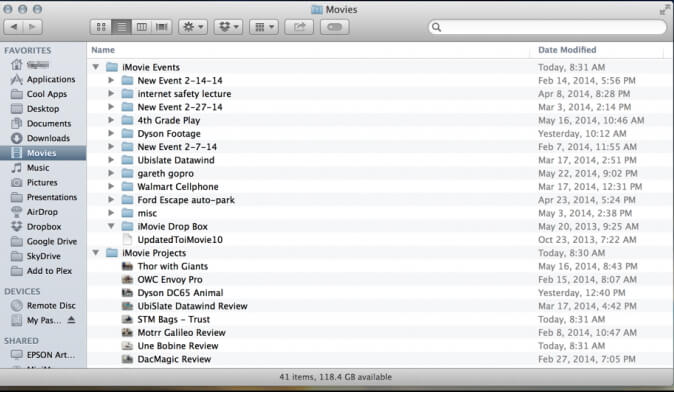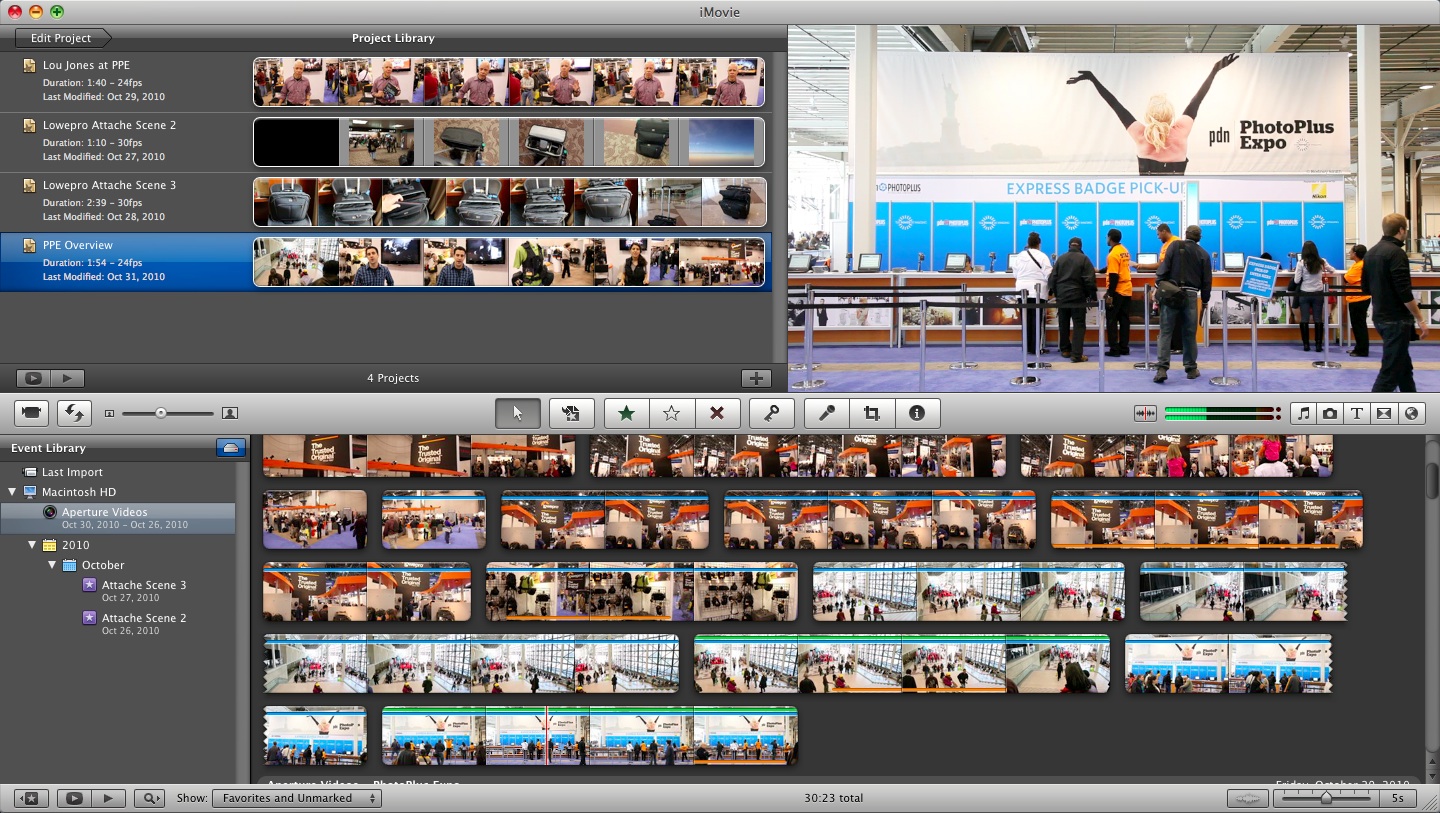

- #HOW TO DO IMOVIE PROJECTS ON HARD DRIVE MOVIE#
- #HOW TO DO IMOVIE PROJECTS ON HARD DRIVE PORTABLE#
- #HOW TO DO IMOVIE PROJECTS ON HARD DRIVE PRO#
- #HOW TO DO IMOVIE PROJECTS ON HARD DRIVE MAC#

Double click the USB drive icon and check to ensure your file is successfully transferred.
#HOW TO DO IMOVIE PROJECTS ON HARD DRIVE MOVIE#
You’ll be prompted to name your movie if you haven’t already done so.
#HOW TO DO IMOVIE PROJECTS ON HARD DRIVE PORTABLE#
However, steps are the same whether you use or other cloud storage such as Google Drive, and whether you use a USB drive or other physical storage such as a portable hard drive.Ĭreate your movie as usual. Follow the steps below to save a copy of your project. Instructions were written based on the assumption that the project is being saved to OR a USB drive. Empty the trash to get rid of the old files that are now redundant and you’re done.Although iMovie makes it easy for beginners to create a movie, saving a copy of the project to keep with you or open on a different computer isn’t exactly intuitive. This tutorial is specific to using iMovie on a computer, and does not apply to iMovie for iPhone or iPad. Good!) everything’s copied onto the backup drive in exactly the right format that it’ll remain in the iMovie project list whenever the drive is plugged in.

In this case I click on the latter option, Move project and Events and after a few moments (Thunderbolt = fast. Instead of copying everything, you’ll be presented with the much more useful pair of options: But where this becomes way more interesting is if you click and hold the Control key while you’re dragging. Here I’ dragging the “Walmart Family Mobile Plan” video onto the “My Passport Pro”.īecause I just clicked and dragged, the following window will pop up: Then click and drag a project from your existing list onto the secondary disk drive, like so: It’ll be a pretty tiny line near the bottom if you don’t already have one or more project copied over. Instead, fire up iMovie 11 and then look closely in the Projects window for the external drive.
#HOW TO DO IMOVIE PROJECTS ON HARD DRIVE PRO#
You can see that My Passport Pro is already plugged in and ready to receive files but if I just drag and drop things, they’ll copy and be able to be deleted off the main computer, but it’s a huge pain to work with them later, and it’s easy to get iMovie quite confused when folders show up and vanish from your “Movies” folder. I know this because I tend to hobble together solutions, so my default approach is to just go into the file system and move folders around. We’ll be looking at iMovie for this particular how-to but it’s really the same whether you’re using a version of iMovie or Final Cut Pro X or similar: there’s a way that’s part of the editing program to copy or move projects so that they work just fine from the external drive (or in a different version of the program if you plug the drive into a different computer, of course) and there’s a way that, well, makes a lot more work for you. Still, once in a while something resurfaces or there’s a typo identified or similar and a second edit proves necessary. And with my workflow, at least, once I edit and publish a video - on my AskDaveTaylor YouTube channel - I never go back and work on it again, so I don’t really need to keep the files at all.
#HOW TO DO IMOVIE PROJECTS ON HARD DRIVE MAC#
In fact, almost 2/3 of the space on my main video editing Mac system is consumed by MOV files, generally raw input data from video cameras. As everyone who works with video has had to learn at some point, movie files take up a lot of disk space.


 0 kommentar(er)
0 kommentar(er)
